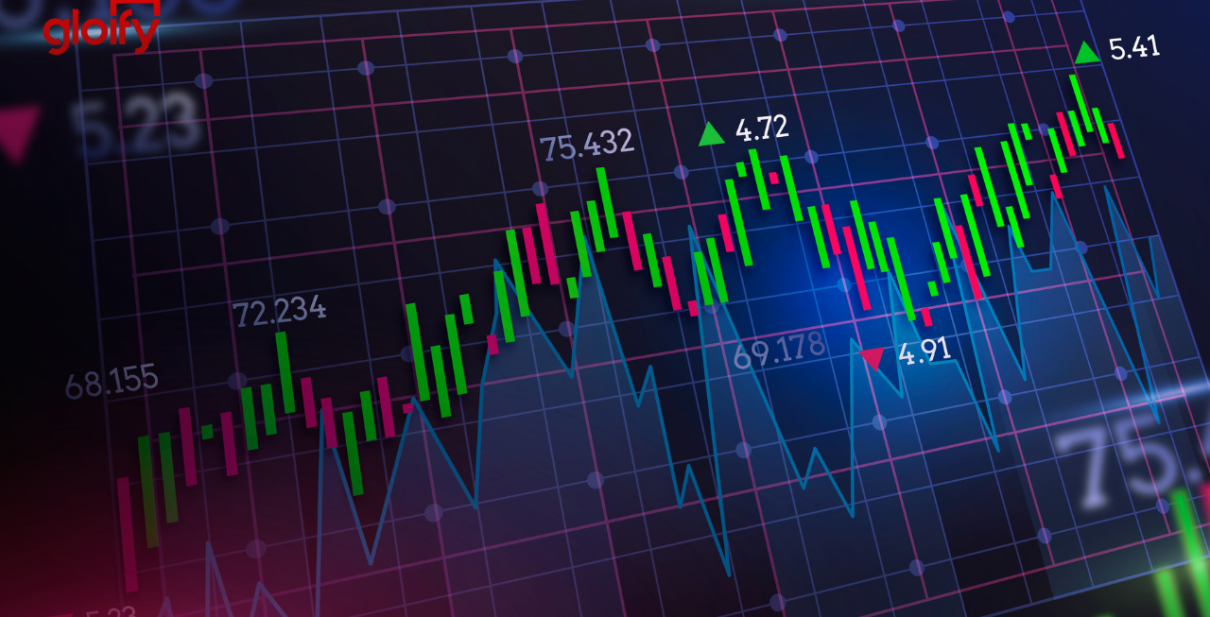Market coverage is a critical factor when evaluating AI trading platforms for stock prediction or analysis which determines the breadth and depth of markets and assets that which you have access to. Platforms that have a wide market coverage allow you to diversify your options and discover global opportunities and also adapt to different trading strategies. Here are the top ten tips to evaluate the market coverage of these platforms:
1. Evaluate Supported Asset Classes
Stocks: Ensure the platform covers the major exchanges for stocks (e.g., NYSE, NASDAQ, LSE, HKEX) and includes small-cap, large-cap, and mid-cap stocks.
ETFs. Check that the platform has a wide selection of ETFs so you can get diversified exposure.
Options and futures. Check if the platform is able to handle derivatives, such as futures, options and other instruments that leverage.
Forex and commodities: Find out whether your website offers commodities and forex, precious metals and energy commodities.
Cryptocurrencies: Check to see whether your application supports major cryptocurrencies like Bitcoin, Ethereum and altcoins.
2. Make sure you check the area of coverage
Global markets: Make sure the platform covers all major international markets, such as North America, Europe, Asia-Pacific and emerging markets.
Regional focus: Determine whether your platform has a specific market or market that aligns to your trading needs.
Local exchanges: Check if the platform supports local or regional exchanges relevant to your specific location or plan.
3. Take a look at comparing real-time data delayed data Data that is delayed
Real-time data: Ensure the platform has real-time market data to make quick decisions, particularly for active trading.
Information that is delayed: Find out whether the delayed data is available at no cost or a discounted price this could be enough for investors who have a long-term view.
Data latency. Check to see how your platform can reduce the latency of real-time data feeds.
4. Assess the historical data availability
The depth of the historical data If the platform is available, ensure that it has extensive historical data (e.g., 10+ years) to backtest and analyze.
Examine the precision in historical data.
Corporate actions: Verify that the data from the past takes into account splits in stock (if applicable), dividends, and any other corporate actions.
5. Check market depth and order data
Data Level 2: Ensure that the platform provides Level 2 (order book depth), for better price discovery.
Make sure that your platform is displaying live price spreads.
Volume data: Make sure that the platform includes specific volume data to analyze market activity and liquidity.
6. Review the coverage of Indices and Sectors
Major indices : Ensure that you have a platform that incorporates the main indices. (e.g. S&P 500, NASDAQ 100, FTSE 100 ) This is essential for benchmarking and index-based strategies.
Sector-specific data: Determine if your platform contains data that is specific to certain sectors (e.g. technology, healthcare energy, healthcare) which allows you to conduct targeted analysis.
Custom indices: Verify if the platform allows the creation of or tracking of customized indices based on your preferences.
7. Evaluation of integration with Sentiment and News data
News feeds: Make sure that the platform has real-time feeds of news from reliable sources, like Bloomberg and Reuters, for market-moving event.
Check the platform's sentiment analysis tool using data from news, social media or any other source.
Event-driven strategies: Determine whether the platform supports the use of event-driven trading strategies (e.g., earnings announcements or economic reports, etc.).
8. Verify Multimarket Trading Capabilities
Cross-market trading : Make sure the platform supports trading across multiple asset classes, markets and exchanges from one interface.
Conversion to currencies: Make sure the platform allows multi-currency trading and automated conversion of currencies to facilitate international trading.
Make sure you have support for time zones.
9. Check the coverage of other data sources
Alternative data: Check whether the platform is able to integrate different sources of data (e.g., satellite imagery, internet traffic, credit card transactions) for unique insights.
ESG data: Determine whether the platform is equipped with environmental, social and governance (ESG), or other data that can help investors make socially responsible decisions.
Macroeconomics data: To conduct a fundamental analysis, ensure the platform has macroeconomic indicators, such as GDP (gross domestic product) as well as inflation rates and interest rates.
Review Customer Feedback and Market Reputation
User reviews: Search for user reviews to gain a better understanding of the platform.
Reputation in the industry: Find out whether the platform has been praised as a market leader by industry experts or by awards.
Case studies: Search for reviews or case studies that demonstrate the platform's effectiveness in specific assets or markets.
Bonus Tips
Trial period: Use a free trial or demo to evaluate the market coverage as well as data quality.
API access: Verify that the API of the platform permits you to access programmatically market data for a custom analysis.
Support for customers: Ensure that the platform can assist with any market-related queries or data-related issues.
Check these points to determine the market coverage provided by AI stock trading platforms. Select a platform that has access to the markets, data and tools you need for successful trading. Market coverage is important to diversify portfolios, discover new opportunities and adapt to market conditions. Check out the best ai stock prediction for more recommendations including ai investing app, ai trader, ai trading platform, ai trading platform, best stock analysis website, ai stock price prediction, best stocks to invest in, ai copyright trading bot, best stocks to invest in, ai stock picker and more.

Top 10 Tips To Assess The Scalability Ai Platform For Predicting/Analyzing Trade Platforms
Scalability is an important aspect in determining if AI-driven platforms for stock prediction and trading can cope with increasing user demand, markets and data volumes. These are the top 10 ways to determine scalability.
1. Evaluate Data Handling Capacity
Check to see if your platform can analyze and process large amounts of data.
Why? Scalable platforms have to handle increasing data volumes without performance degradation.
2. Test Real-Time Processor Capabilities
Tips: Make sure you check the ability of the platform to process live information streams, such live stock prices, or breaking news stories.
Why trading decisions are taken in real-time. Delays could cause traders to miss out on opportunities.
3. Make sure to check the Cloud Infrastructure for Elasticity
Tip. Check if the platform uses cloud-based infrastructure such as AWS, Google Cloud and Azure, which can scale resources on demand.
The reason: Cloud platforms are flexible, and can be scaled up and down according to requirements.
4. Assess Algorithm Efficiency
Tips: Find out the effectiveness of AI models employed to predict (e.g. Deep Learning or Reinforcement learning).
Why? Complex algorithms can be resource-intensive. Optimizing them so that they allow them to scale is crucial.
5. Examine parallel processing and distributed computing
Check whether the platform utilizes distributed computing or parallel computing frameworks.
Why: These new technologies provide faster data analysis and processing across multiple nodes.
Review API Integration and Interoperability
TIP : Make sure the platform is compatible with other APIs, like brokers and market data providers. APIs.
Why? Because the platform is able to adjust to the changing requirements of market conditions and data sources due to the seamless integration.
7. Analyze User Load Handling
To check the effectiveness of your system, try simulated high-traffic.
The reason: A platform that is scalable will provide performance even when the number of users increase.
8. Review the Retraining Model and its Adaptability
Tips Check how often the AI models can be trained on new data.
The reason: Markets change, and models need to be able to adapt rapidly to keep their precision.
9. Check for Fault-Tolerance and Redundancy
TIP: Ensure that the platform is equipped with failover mechanisms and redundancy for hardware or software malfunctions.
Reason: Trading can be expensive Therefore fault tolerance and scalability are vital.
10. Monitor Cost Efficiency
Examine the cost of your platform which includes cloud resources, storage and computing power.
Why is it important to keep a balanced balance between expenses and performance costs.
Bonus Tip: Future-Proof
Be sure that the platform incorporates advanced technology (e.g. quantum computing, advanced NLP), and is able to adapt to changes in the regulatory environment.
You can evaluate the capacity and effectiveness of AI trading and stock prediction systems by focusing on this aspect. This will guarantee that they're efficient and robust, capable of growing. Follow the top rated ai stock trading app for site examples including ai for copyright trading, free ai trading bot, stock analysis websites, ai stock market, best ai copyright, trading ai bot, best stock analysis website, ai stock prediction, ai stocks, best free copyright trading bot and more.
